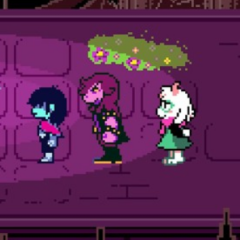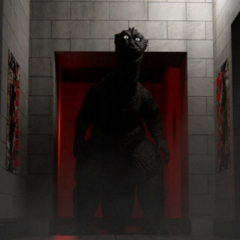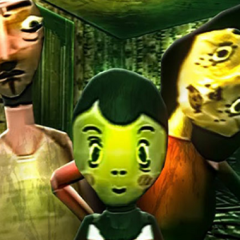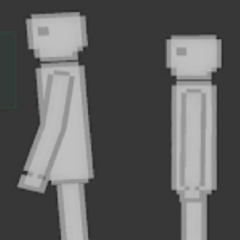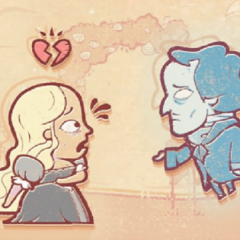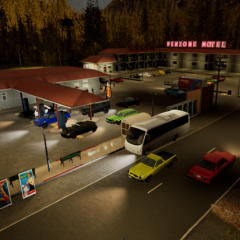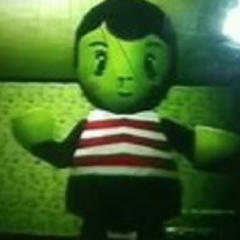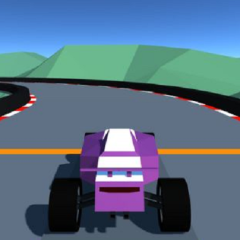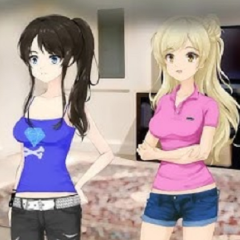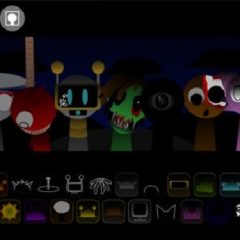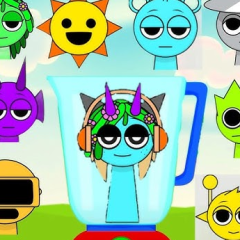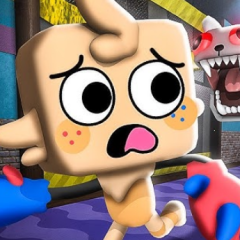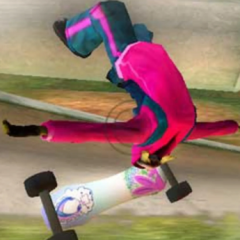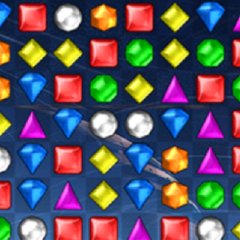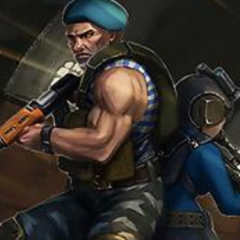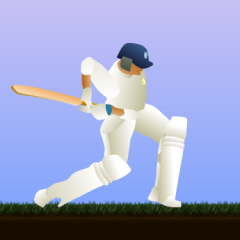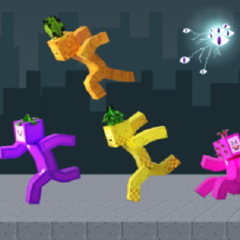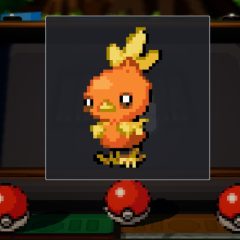Deltarune Chapter 3 continues the story of Kris and their friends as they explore a new section of the Dark World. The chapter introduces a fresh setting with new rules and challenges, while keeping the turn-based battle system familiar to players of the previous chapters. This time, the world has shifted into something more artificial and controlled, setting the tone for a chapter that focuses on manipulation, entertainment, and perception. Players must move through areas that reflect media environments, facing puzzles and enemies that play with rhythm and timing in unusual ways.
New Environment and Chapter Structure
The world in Deltarune Chapter 3 is built around the concept of performance and observation. Locations include sound stages, studio-like corridors, and interactive displays that respond to player movement. This change in scenery creates a new rhythm in exploration, mixing standard walking sections with moments that demand faster input or repetition. Characters interact with the world differently, and the narrative leans into themes of control and attention, hinting at conflicts that go beyond simple good and evil. The chapter’s structure is more fragmented, with story sections split by scripted events and game-like interruptions.
Gameplay Variations and Special Segments
In this chapter, the player encounters a broader mix of mechanics. While traditional battles remain, the chapter introduces several gameplay types that require new skills. These include:
· Rhythm-based button sequences
· Pattern recognition puzzles
· Time-sensitive mini-games
· Visual cues tied to dialogue
· A secret fight with an optional opponent hidden from the main path
These features add variety while maintaining consistency with previous entries. Combat still requires bullet-dodging and command choices, but many challenges are now tied to short bursts of non-combat tasks that reflect the chapter’s theme.
Progression and Interaction
Deltarune Chapter 3 focuses more heavily on how characters interact with the world and with each other. Dialogue choices and environmental reactions now have greater weight, not by changing the outcome, but by shaping the tone of each scene. While player progression remains linear, optional content can be discovered through careful observation. Returning characters appear with changed behavior, and new ones introduce alternate ways of thinking about the Dark World. Players are encouraged to experiment with their actions, even if the results seem subtle.

